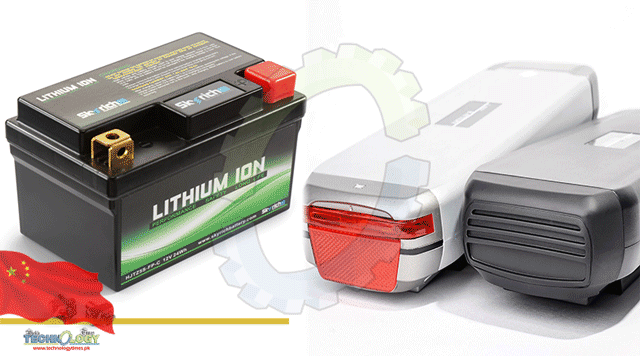Development And Design Of Complex Modules, Thermal Management, Electrical Systems, BMS, Battery Packs, And Other Related Tests.

The future battery market will be disrupted by the growing popularity of e-bikes in combination with the electrification of all other means of mobility, like cars, light vehicles and even trucks. Battery manufacturers therefore need to strengthen their energy planning and construction capacity. To quickly meet the rising demand, more large-scale battery manufacturing sites with 50 GWh capacity have to be established.
This was stated by battery manufacturer Phylion, based on the information of the China Automotive Technology and Research Center. “The technology for lithium-ion batteries is developing quickly and we see a more widespread use in mobility,” Phylion writes in a company statement. “The weight and performance of these electric vehicles is also increasing which makes the development and design of batteries more complicated.”
In addition to selecting suitable materials, the battery unit has to go through the development and design of complex modules, thermal management, electrical systems, BMS, battery packs, and other related tests such as electrical performance, safety, weather resistance and durability. As power batteries, lithium-ion batteries have a leading position in LEV (Light Electrical Vehicle) applications.
Core battery materials for e-bike’s and LEV’s
For light vehicles, the core materials, battery management system (BMS) and pack design are three crucial factors that determine the quality of lithium-ion power batteries. The cathode material is the decisive factor of the electric performance of the battery. At present, there are three main materials which been commonly used: LMO (Lithium Manganese Oxide), LFP (Lithium Iron Phosphate) and NCM (Nickel Manganese Cobalt).
Battery manufacturer Phylion compares the use of these three materials.
- Taking NCM as cathode material has many potential problems, such as high safety hazard and poor power performance.
- Taking LFP as cathode material has the problem of poor performance under low temperature and low specific energy.
- The lithium-ion battery with LMO as cathode material has the advantages of high safety, long cycle life, secondary life and high-cost performance which makes it the most suitable material system for LEVs.
BMS
A good battery management system (BMS) design ensures the safe use of lithium-ion batteries. Crucial elements like over-discharge protection, over-current protection, temperature control and charger identification determine the quality of the BMS.
On the current e-bike market, high-power battery pack design is dominated by a strong power output and an ever-increasing range. After all, e-bikes are regarded as a means of transport. However, there are also small sized power battery packs available on the market. The ideas pushing forward the development of these small sized batteries is mainly based on portable vehicles or folding bikes, or because of the vehicle appearance or design trends.
This news was originally published at Bike EU.